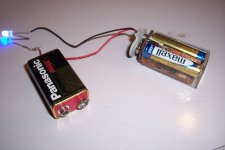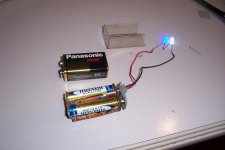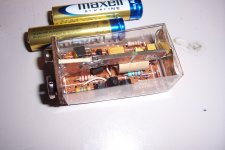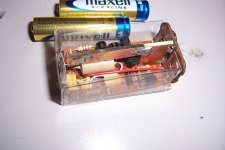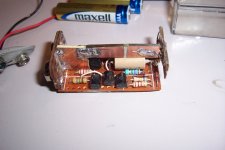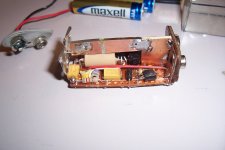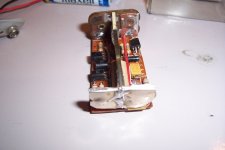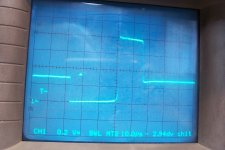Most of the converter chips are unable to combine a sub-1V input, a 7.5 to 9V output, a decent output current, and a quiescent current so low as not to require a power switch.
Some might have 1 or 2 features, but probably not the whole lot (which is required for this application)
Some might have 1 or 2 features, but probably not the whole lot (which is required for this application)
The ones that seem disappeared are those square 4.5V lantern ones.
Not really. Worten, Mauser, even Fnac sell them. Until very recently Auchan too.
Varta 2012101301 - 1 pcs Pilha de cloreto de zinco SUPERLIFE 4,5V | Lampamania
This thread is certainly interesting and Elvee's efforts, as always laudable.
But the effort seems beyond extreme when Lipo emulations with a very reasonable capacity are available for next to nothing. No first hand experience but a strong suspicion those output closer to 9v than to 7.5v
Bateria recarregavel 9v 500mah do usb do li ion da bateria 9v 1000mah para o uso de controle remoto do brinquedo do microfone do multimetro ktv|Baterias recarregaveis| - AliExpress
But the effort seems beyond extreme when Lipo emulations with a very reasonable capacity are available for next to nothing. No first hand experience but a strong suspicion those output closer to 9v than to 7.5v
Bateria recarregavel 9v 500mah do usb do li ion da bateria 9v 1000mah para o uso de controle remoto do brinquedo do microfone do multimetro ktv|Baterias recarregaveis| - AliExpress
That's unbeatable, of course, but one of my point was to avoid ordering something, and if I decide to order something I can probably order two dozen of regular PP3's for the cost of one of these.
Anyway, what's the fun of DIY if you can order something better and cheaper from China everytime?
Someone in this spirit should cancel his subscription to DIYaudio, sell all his stuff on Ebay and live happily ever after.
That said, there are probably some aspects that leave to be desired, even in such perfect examples: for example, I doubt the shelf-life would reach 5/10 years.
Here is the two-cell version:
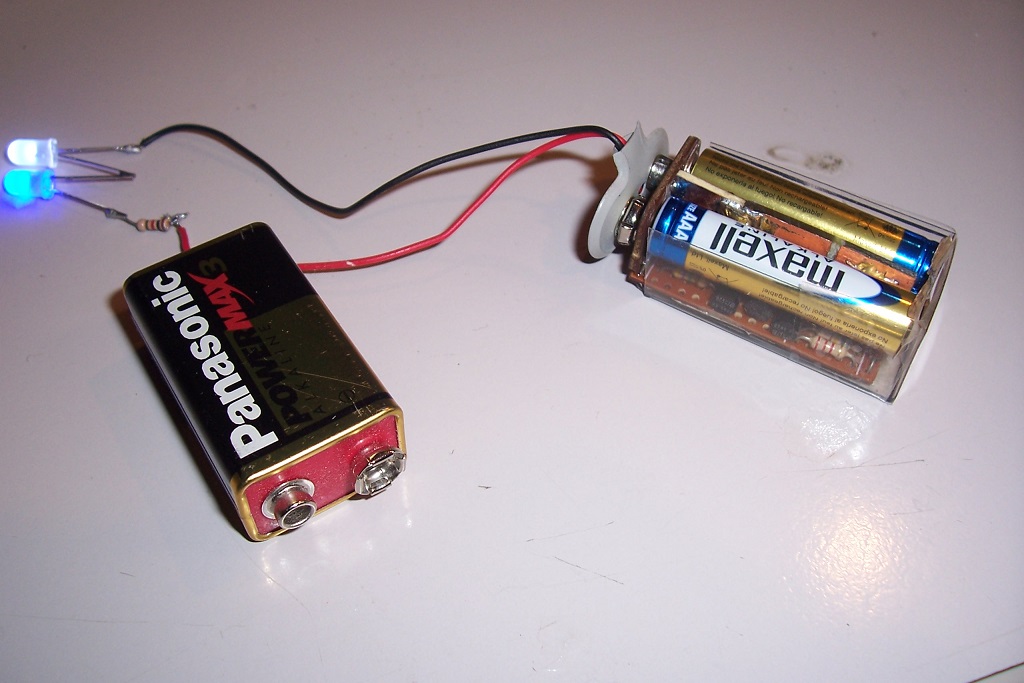
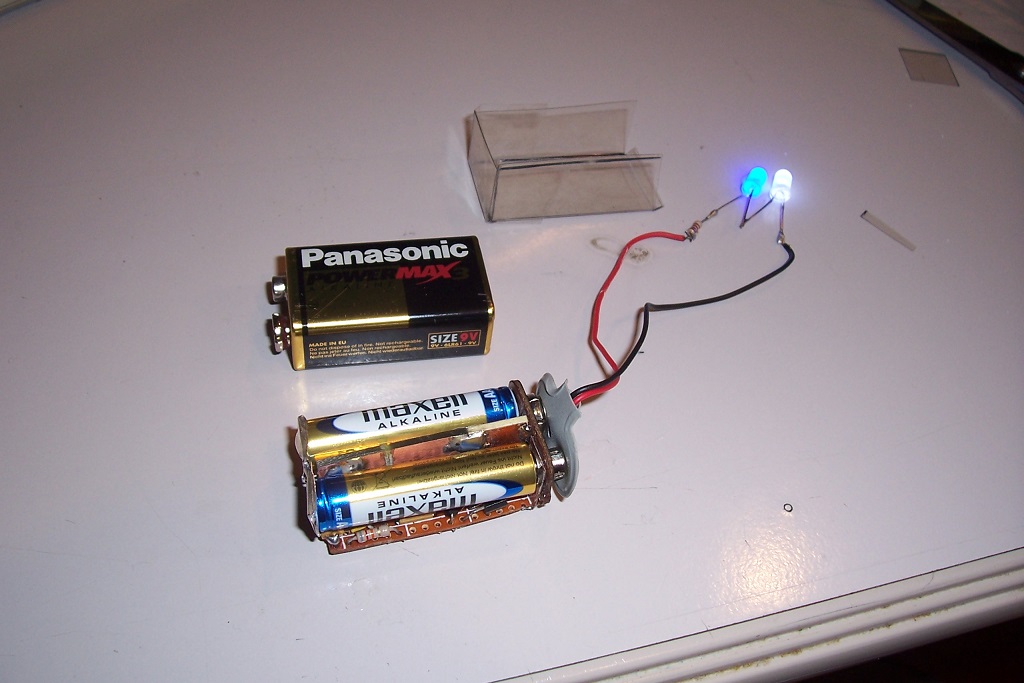
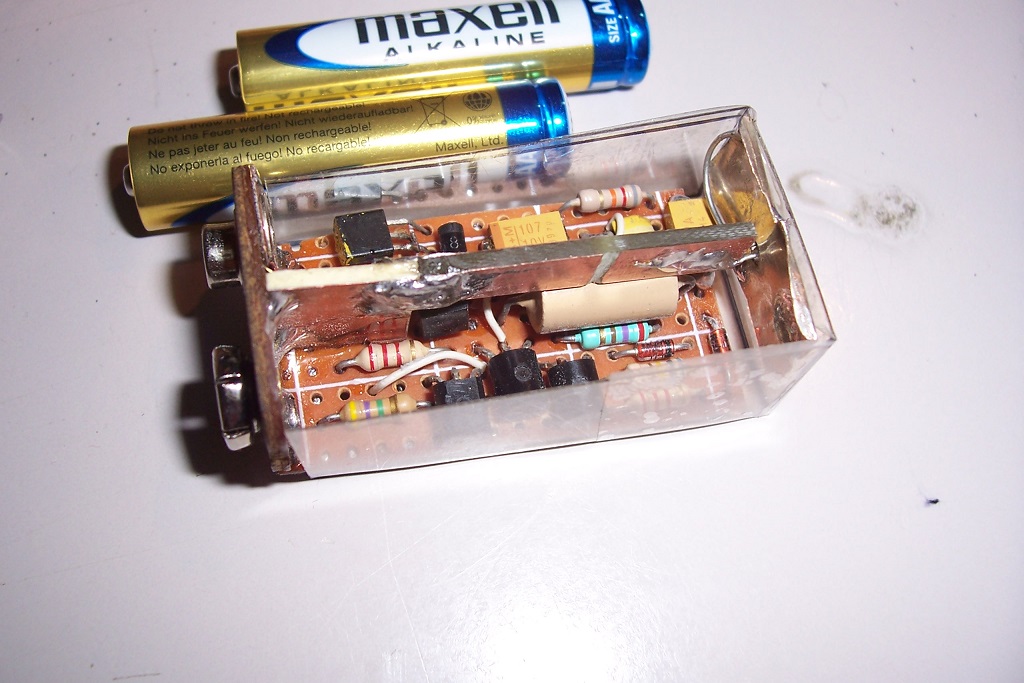
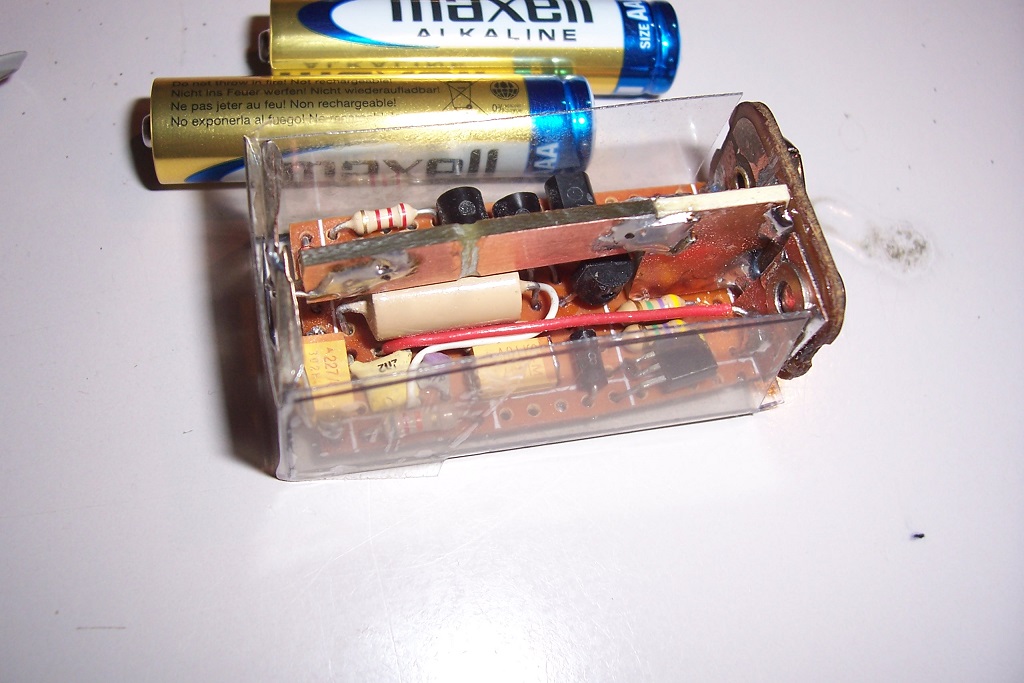
The mechanical construction is a bit finicky, and uses a PCB composite as a skeleton:
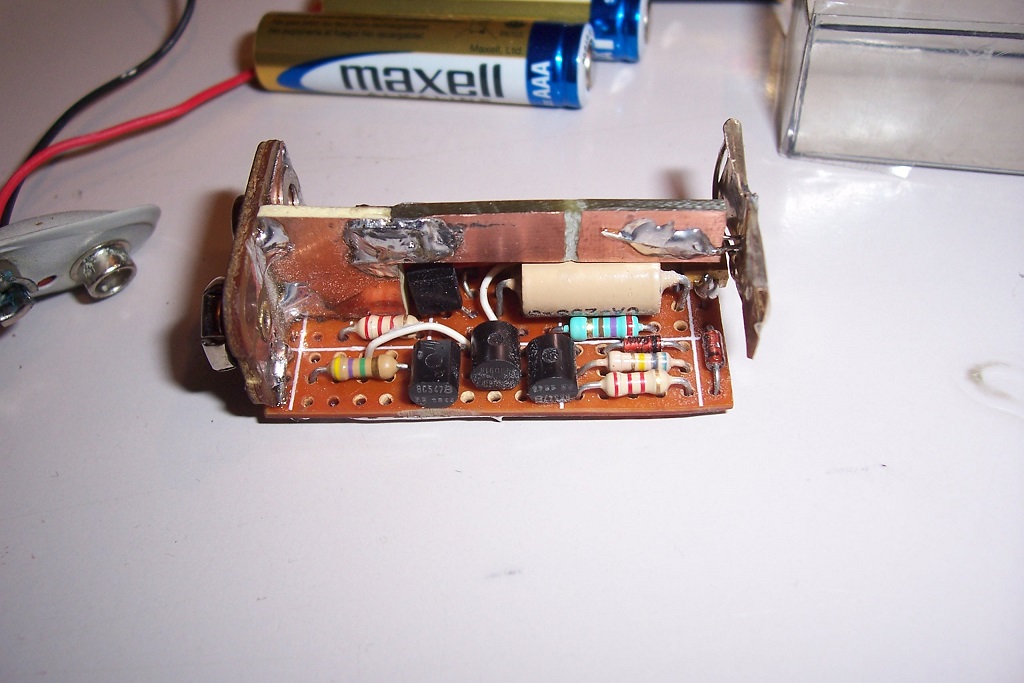
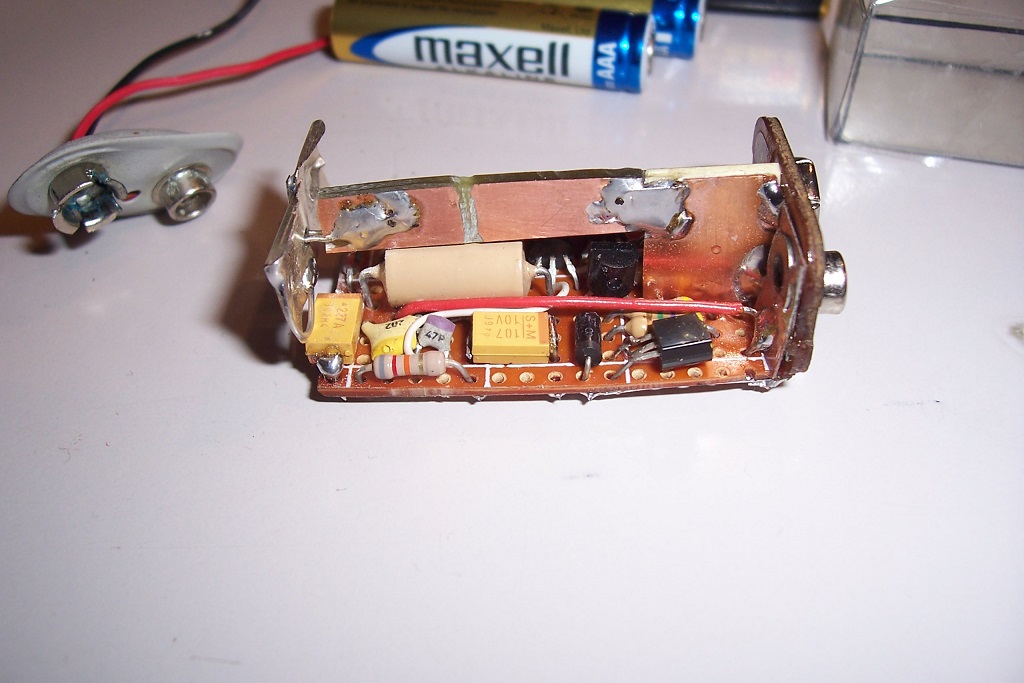
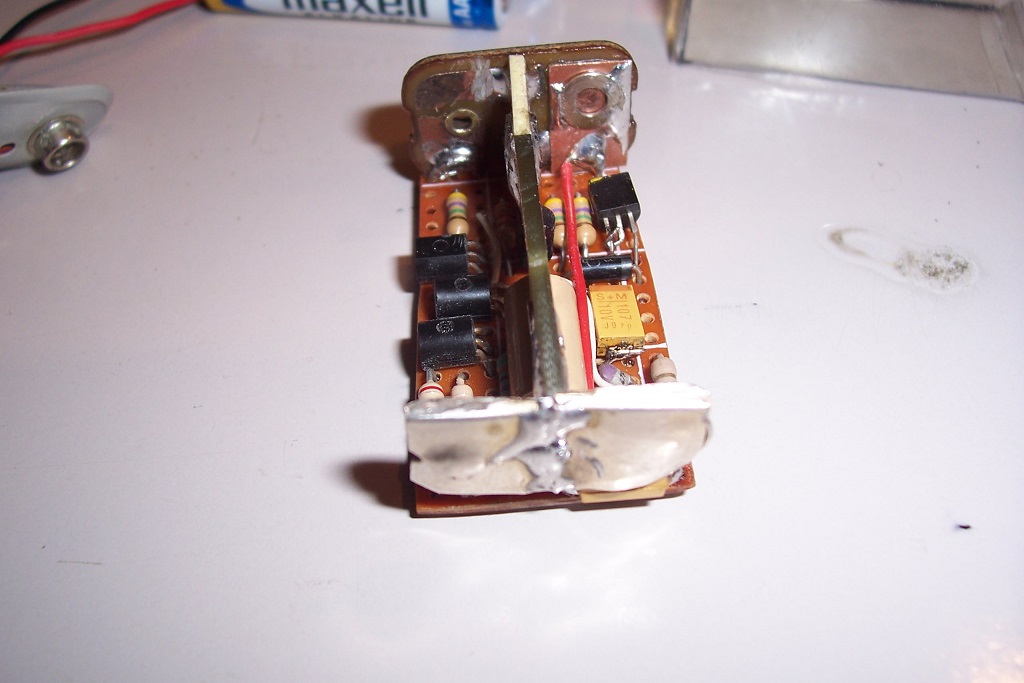
This is the waveform, very similar to the single-cell one, except the DC level and the absence of ringing, thanks to the snubber.
The snubber allows the elimination of the anti-parallel diode, which in turn makes the circuit inversion-proof:
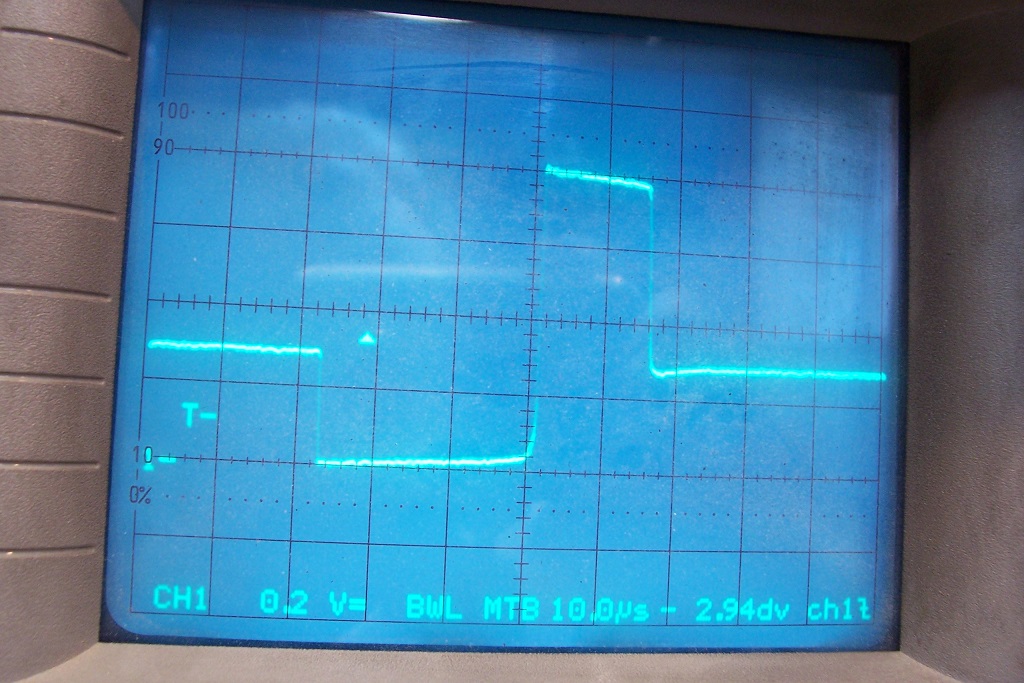
The efficiency of the two-cell version has risen to 83% (2.8V input, 15mA output), even though the transistor is now a S8050 and the coil is of a lower grade too.
It allows an autonomy of at least 75% of a PP3.
The 14µA quiescent current allows a theoretical shelf life of almost 10 years.
It can operate from 1.8V to 3.2V (lower in fact, but to avoid battery leakage, it is probably preferable to avoid it) and supply up to 25mA.
Anyway, what's the fun of DIY if you can order something better and cheaper from China everytime?
Someone in this spirit should cancel his subscription to DIYaudio, sell all his stuff on Ebay and live happily ever after.
That said, there are probably some aspects that leave to be desired, even in such perfect examples: for example, I doubt the shelf-life would reach 5/10 years.
Here is the two-cell version:
The mechanical construction is a bit finicky, and uses a PCB composite as a skeleton:
This is the waveform, very similar to the single-cell one, except the DC level and the absence of ringing, thanks to the snubber.
The snubber allows the elimination of the anti-parallel diode, which in turn makes the circuit inversion-proof:
The efficiency of the two-cell version has risen to 83% (2.8V input, 15mA output), even though the transistor is now a S8050 and the coil is of a lower grade too.
It allows an autonomy of at least 75% of a PP3.
The 14µA quiescent current allows a theoretical shelf life of almost 10 years.
It can operate from 1.8V to 3.2V (lower in fact, but to avoid battery leakage, it is probably preferable to avoid it) and supply up to 25mA.
Attachments
This converter principle can be used in other situations: in fact, I developed it about 20 years ago, to replace the 15V battery of a vintage multimeter.
The multimeter already had an AA battery for the regular ohm ranges, and used the 15V battery for the highest range.
With the mod, the multimeter only used one, easily available battery.
The converter could work for 6V, 12V, 15V obviously, and probably 22.5V and other voltages too, although I didn't test it in these conditions.
The only change required is the transistor used as a zener: it is possible to find a suitable type in the 5V to 12V range. If a higher voltage is required, two can be put in series.
Often, it would be impossible to keep the form factor of the original battery, but if there is room enough, it will probably be possible to case it somewhere.
The totality of the components used are commodities, and the circuit itself is very durable: the original version still works after all these years
The multimeter already had an AA battery for the regular ohm ranges, and used the 15V battery for the highest range.
With the mod, the multimeter only used one, easily available battery.
The converter could work for 6V, 12V, 15V obviously, and probably 22.5V and other voltages too, although I didn't test it in these conditions.
The only change required is the transistor used as a zener: it is possible to find a suitable type in the 5V to 12V range. If a higher voltage is required, two can be put in series.
Often, it would be impossible to keep the form factor of the original battery, but if there is room enough, it will probably be possible to case it somewhere.
The totality of the components used are commodities, and the circuit itself is very durable: the original version still works after all these years
The round sided ones with brass strip contacts (that never made good contact in the torch but did provide useful brass material) or the larger square cornered screw contact type?The ones that seem disappeared are those square 4.5V lantern ones.
I really thought they had disappeared until this thread prompted me to Google them (the brass strip type are still available), though, apart from, er, lanterns & torches, what use are they?
Any torch must by now surely have been replaced by a newer LED model?
I remember Woolworth's having a couple of 45V radio batteries in stock, must've been early 1970s although how old the stock was I couldn't say.
- Home
- Amplifiers
- Power Supplies
- A 9V battery substitute
